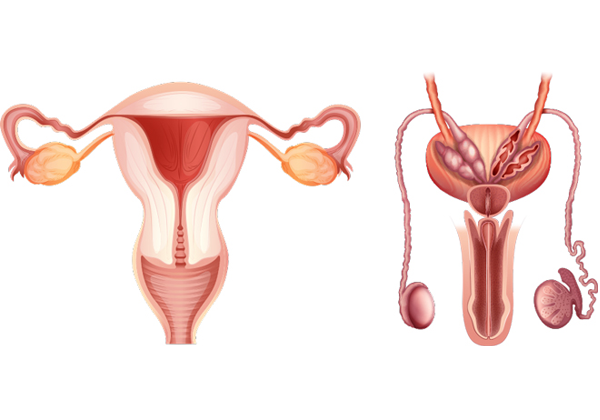How far will assisted reproductive technology take humans?
When someone is bothering about whether the little life in their family is about to be "publicly" or a prince, more and more people are worried about not having a normal childbirth.
According to the "Survey Report on the Status of Infertility in China" released in 2009, the infertility rate of people of childbearing age in China has risen from 2.5%~3% to 12.5%~15%, close to 15%~20% in developed countries. The ratio. Today this ratio may be even greater.
The development of assisted reproductive technology has provided greater possibilities for the successful treatment of infertility. According to CIC consultants, the potential market size of assisted reproduction in my country will reach 720 billion yuan in 2020.
Infertility is gradually becoming the third major disease in the 21st century. To what extent can assisted reproductive technology help fertility, and what direction will it develop in the future?

Human assisted reproductive technology (ART) refers to the use of medical technology and methods to artificially manipulate gametes, zygotes, and embryos to achieve conception. Relatedly, words such as "test-tube baby" and "artificial insemination" have been heard in the streets, among which "surrogacy" is particularly eye-catching.
However, the underground kingdom of surrogacy has already formed a complete industrial chain. Among them, better "intermediaries" will use equipment eliminated from public hospitals, but most of them are still in the form of handcrafted workshops.
Lu Guangxun, one of the founders of China Reproductive Engineering and the dean of Hunan CITIC Xiangya Reproductive and Genetic Hospital (hereinafter referred to as CITIC Xiangya Hospital), told the reporter of China Science Daily that most countries including Mainland China, Switzerland, and France do not Any form of surrogacy is allowed, Germany does not even allow sperm donation; Australia and Brazil have ethical regulations; Greece and New Zealand require medical evidence and approval by the court or the National Reproductive Ethics Committee. The behavior of unpaid surrogacy is worth learning.
Lu Guangxiu pointed out that the general miscarriage rate of natural pregnancy is 15%, and curettage after miscarriage will have a 20% probability of causing infertility in women. Surrogate mothers also face these risks. In addition, surrogate mothers may experience intoxication in the middle and late stages of pregnancy, such as hypertension, proteinuria, pre-eclampsia, etc., and childbirth risks, such as postpartum hemorrhage and even amniotic fluid embolism. Statistics show that in 2010, my country's maternal mortality rate was three out of 10,000.
"Underground surrogacy agencies still have sperm used repeatedly more than 5 times, or even up to 20 times, and there is a high risk of identification in the future." Professor Wang Yifang of the Institute of Medical Humanities of Peking University said that science and technology help human society develop and progress, sometimes also Will open Pandora's Box.
Assisted reproductive technology is not a panacea
ART includes in vitro fertilization-embryo transfer (IVF-ET) and its derivative technologies and artificial insemination (AI). Until now, patients who come to ask for help will ask Lu Guangxiu how long the baby can stay in the test tube for them to take home. She said: "The term'test-tube baby' is actually not accurate. What is cultured in the test tube is not a baby, but an embryo. After 5 to 6 days, the embryo will be transferred back to the uterus for growth and gestation."
"For some patients, such as premature ovarian failure or certain genetic diseases, and some well-developed women, the results of the chromosome test show that she is actually a male. She may have a vagina, but it is only a blind end. There is no uterus. There is nothing we can do about infertility caused by body structure." Lu Guangxiu said that ART cannot help all infertile people.
Among the people receiving ART help, there are also very few patients who need to face the trouble of ovarian hyperstimulation syndrome.
At present, the success rate of IVF in the world is 40%~50%. my country's assisted reproductive technology is close to the international leading position. In CITIC Xiangya Hospital, this ratio reached 60%~65% five years ago. Standard patients even Can reach 70% success rate. But this success rate has been hovering for 5 years without further progress. Lu Guangxiu said that she and the team are working hard to tackle the problem.
At the same time, in the test tube stage, genetic screening and diagnosis of embryos before implantation in the uterus to achieve the goal of eugenics and childbearing is also the next step the team will focus on.
As of the end of 2012, there were 356 institutions in my country that had obtained the qualifications for assisted reproduction. Since then, incidents such as gender screening, multiple births, and illegal surrogacy have become more and more reported in the press, and the National Health and Family Planning Commission has stopped issuing new licenses. However, after other treatments, about 80% of infertility patients do not require manual intervention techniques for in vitro fertilization embryo transfer.

